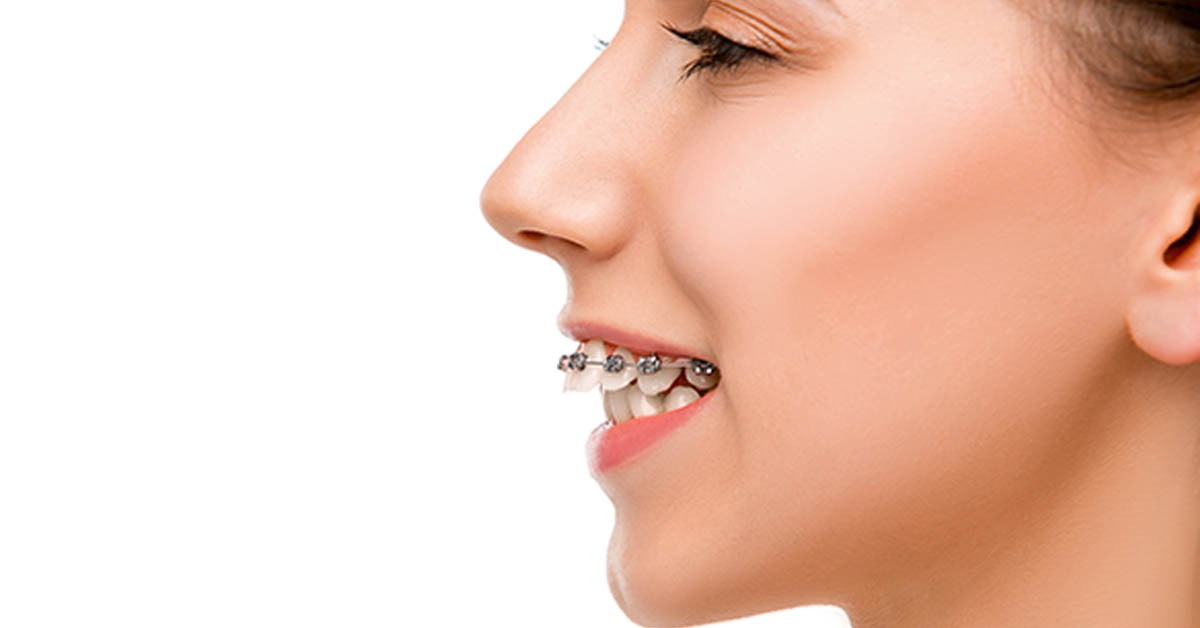All Star Family Orthodontics Things To Know Before You Buy
All Star Family Orthodontics Fundamentals Explained
Table of ContentsThe Facts About All Star Family Orthodontics UncoveredAll Star Family Orthodontics for BeginnersThe 5-Minute Rule for All Star Family OrthodonticsFacts About All Star Family Orthodontics RevealedThe Ultimate Guide To All Star Family Orthodontics

In enhancement, we provide adjustable therapy timetables, adaptable settlement choices and an enjoyable, pleasurable experience.
An orthodontist is a dentist educated to diagnose, prevent, and treat teeth and jaw abnormalities. Orthodontists function with people of all ages, from children to adults.
Malocclusion, or misaligned teeth, can bring about oral concerns, including dental caries, gum tissue disease, and hard or unpleasant eating. Not everybody is born with straight teeth. If you have a bad bite or huge rooms in between your teeth, you may wish to consult a dental professional focusing on orthodontic care.
The Only Guide to All Star Family Orthodontics
(Image Debt: DigitalVision/Getty Images) Orthodontists use taken care of and detachable oral gadgets, like dental braces, retainers, and bands, to transform the placement of teeth in your mouth. Orthodontic therapy is for dental problems, including: Misaligned teethBite issues, like an overbite or an underbiteCrowded teeth or teeth that are also much apartJaw misalignmentThe goal of orthodontic treatment is to improve your bite.
While you may think of orthodontists as generally for kids or teens that require braces, they can fix dental troubles at any type of age. Orthodontists attend college, oral college, and orthodontic college.
, yet not all dental professionals are orthodontists. They focus on 2 areas: How to properly and safely move teeth How to effectively assist development in the teeth, jaw, and faceOnce an orthodontist has finished training, they have the choice to become board certified.
All Star Family Orthodontics Fundamentals Explained
Misalignment, or malocclusion, is one of the most usual reason people see an orthodontist. It is hereditary and is the result of size differences between the upper and lower jaw or in between the jaw and teeth. Malocclusion causes tooth overcrowding, a misshapen jaw, or irregular bite patterns. Malocclusion is normally treated with: Your orthodontist attaches steel, ceramic, or plastic square bonds to your teeth.
If you have only small malocclusion, you might have the ability to make use of clear dental braces, called aligners, as opposed to typical dental braces. Some people need a headgear to assist relocate teeth into line with stress from outside the mouth. After braces or aligners, you'll need to use a retainer. A retainer is a personalized tool that keeps your teeth in position.

You might need to see an orthodontist if you have: Crowding or otherwise adequate area for every one of your teethOverbite, when your upper teeth come over your bottom teethUnderbite, when your bottom teeth are also much forwardSpacing or problems with gapsCrossbite, which is when your top teeth fit behind your base teeth when your mouth is closedOpen bite or a vertical gap in between your front bottom and upper teethMisplaced midline, when the facility of your bottom and upper teeth don't align Correcting an oral malocclusion can: Make biting, chewing, and talking easierImprove the proportion of our face and your general appearanceEase pain from temporomandibular joint disordersDifferent your teeth and make them less complicated to clean up, aiding prevent tooth degeneration or tooth cavities It's commonly a dental practitioner who first notifications misaligned teeth throughout a regular exam.
All Star Family Orthodontics for Beginners
During your initial orthodontic appointment, you'll likely have: An oral examPhotos taken of your face and smileDental X-raysPanoramic (360 degree) X-rays of your face and headImpressions to develop molds of your teethThese tests will certainly help your orthodontist know how to continue with your treatment. An orthodontist is a dental practitioner who's had training to treat your teeth and jaw.
Orthodontists may carry out surgery, exams,X-rays, - orthodontistand even more to assist you attain a more comfy, much healthier smile. An orthodontist is concentrated on your bite, so something like a broken tooth would be handled by a dentist. Orthodontists are dentists but not all dental professionals are orthodontists. Orthodontists are concentrated on your bite, or the means your teeth meshed, and the straightness of your teeth.

This initial appointment involves a visual exam of your teeth and bite, X-rays, and potentially also 3D scans. By diligently evaluating these elements, the orthodontist can determine any kind of imbalances, crowding, spacing issues, or jaw discrepancies. When a clear image is developed, the orthodontist will talk about tailored treatment choices. This discussion will cover the kind of braces or aligners suggested (standard metal braces, clear aligners like Invisalign, etc), the estimated treatment period, and any kind of prospective obstacles or adverse effects.
The Only Guide for All Star Family Orthodontics
While braces are the most commonly acknowledged orthodontic therapy, orthodontists have a diverse toolkit at their disposal. The certain technique selected depends upon the extent of the instance, the person's age, and individual choices. These reliable dental braces utilize a system of brackets bound to the teeth and attached by wires.
Clear aligners, like Invisalign, are a preferred choice for patients looking for an extra very discreet therapy alternative. These detachable trays are custom-made to progressively move the teeth's placement. Headwear may be utilized together with dental braces or aligners to apply extra targeted pressures, particularly for correcting jaw discrepancies. In instances of narrow jaws, palatal expanders Go Here can be used to produce room for correct tooth placement.